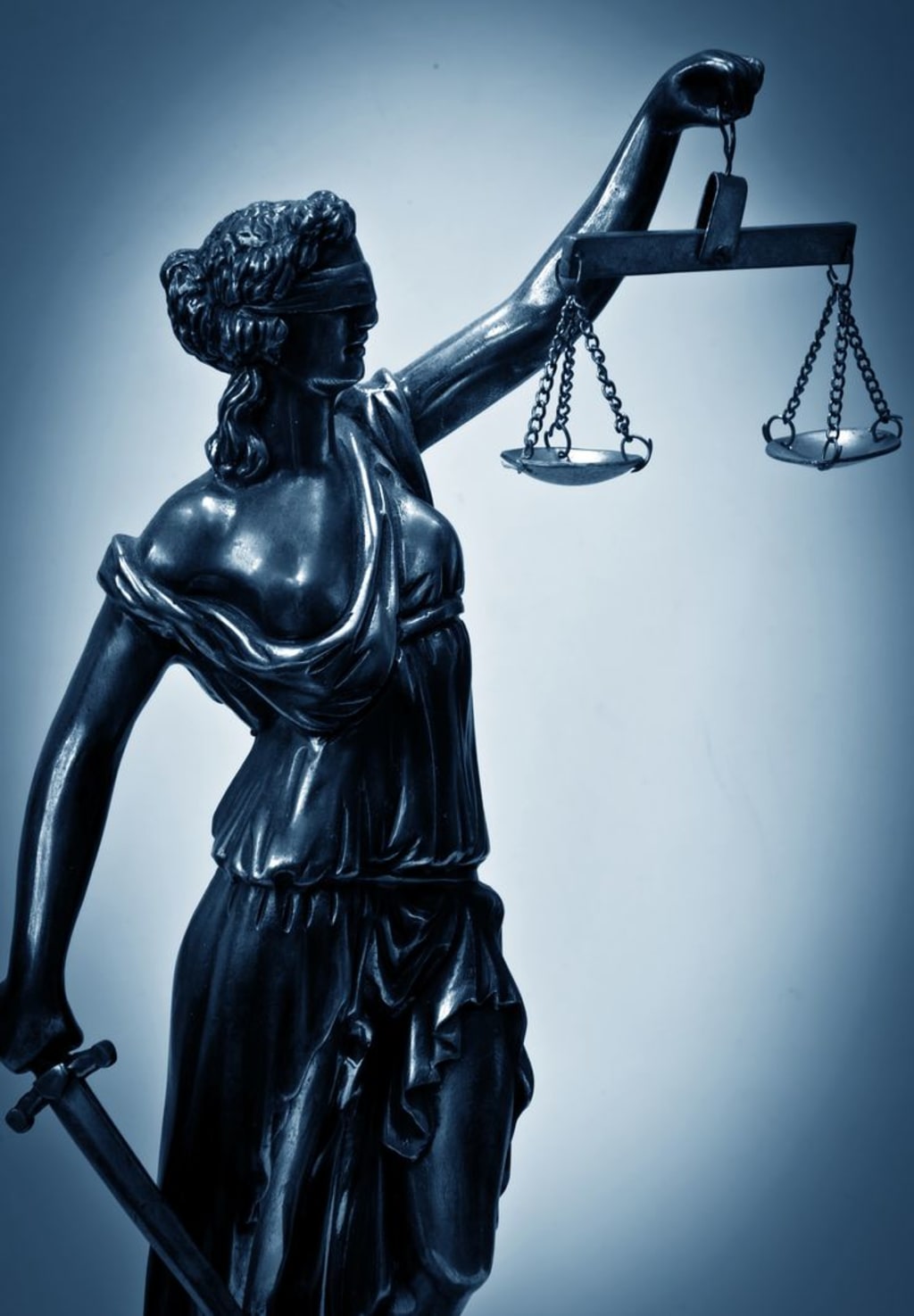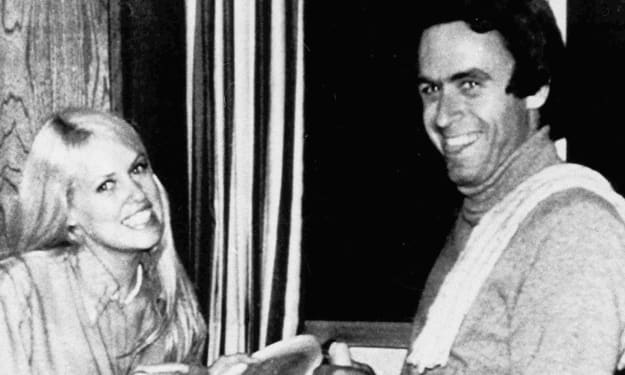Probation and Parole
What's the difference?

In the intricate realm of criminal law and legal dramas, the terms 'parole' and 'probation' resonate with profound implications, venturing beyond casual parlance. While often used interchangeably, these concepts unfold distinct narratives in the symphony of justice, each contributing to a common goal — the reintegration of individuals into society. Let's explore the nuanced dynamics of probation and parole, tracing their divergent paths yet recognizing their shared purpose.
Probation, a judicially orchestrated ballet, extends a lifeline to offenders found guilty of nonviolent crimes. Judges, akin to architects of destiny, hold the power to suspend prison sentences in favor of probation, a calculated risk based on factors such as criminal history, the nature of the offense, and the judge's subjective perspective. It's a delicate dance on the precipice, where any perceived misstep, a moment of disrespect, could tip the scales toward incarceration. The duration of probation, capped at three years, becomes a ticking clock, each passing day contingent on the offender's adherence to the court's conditions.
Probation is not a one-size-fits-all remedy; it's a bespoke suit tailored to the specifics of each case. Offenders with no prior criminal record, accused of nonviolent transgressions, stand at the forefront of probation considerations. However, the judge, the arbiter of fate, holds the brush, deciding the shades that color each probationary canvas. The conditions set forth, whether counseling, therapy, or community service, become the strokes that define an individual's journey through this monitored freedom. Probation officers, not mere overseers but architects of rehabilitation, guide offenders through this labyrinth, providing support while evaluating the risk of recidivism.
Within this realm of probation, the narrative branches, revealing two distinct paths – supervised and unsupervised. In the supervised variant, the watchful eyes of probation officers track an offender's every move, a tightrope walk where any misstep incurs consequences. Unsupervised probation, a slightly more lenient cadence, demands self-discipline but retains the specter of consequences should the conditions be breached.
As we transition from probation to the symphony of parole, the narrative takes a different trajectory. Parole, often dubbed the phoenix, rises from the ashes of incarceration. It's not a preordained release but a reward earned through exemplary behavior within prison walls. After serving a portion of a sentence, an inmate stands at the precipice of liberty, granted parole by the discerning parole board. This isn't a mere echo of the judicial decree; it's a symphony composed by the parole board, dictating terms and conditions that shape the contours of freedom.
Parole is not an unbridled release; it's a conditional freedom tethered to the whims of the parole board. It doesn't signify absolution; it's a continuation of the sentence within the broader canvas of society. The parole board, entrusted with the delicate task of balancing rehabilitation with societal safety, delves into an offender's criminal records, behavior in prison, and post-release plans before granting parole. Even those accused of heinous crimes, such as murder, may find a glimmer of parole if they meet stringent criteria indicating a transformation beyond the shadows of their past.
Parole, much like probation, is not a solitary path but a network of possibilities. Supervised by federal correctional services or, at times, by private entities such as the Salvation Army, parole demands adherence to a set of conditions that often mirror those of probation. Regular meetings with parole officers, restrictions on interaction with certain individuals, and limitations on movement outside specified areas become the notes that compose the melody of parole.
In the grand opera of justice, where parole and probation echo in harmony, the conditions of parole serve a dual purpose. They not only guide the offender towards rehabilitation but also safeguard the community from potential harm. The parolee, akin to a protagonist in the drama of societal reintegration, faces a plethora of restrictions, ranging from attending regular meetings to abstaining from alcohol and drugs. The National Parole Board, a vigilant conductor, may even decide the notes of an offender's residence, directing them towards halfway houses or imposing restrictions on their interactions.
In the symphony of parole, the narrative takes a poignant turn. Parolees, no longer confined by the prison walls, must seek gainful employment or engage in community service, steering their lives towards redemption. The missteps, the discordant notes in this melody, can lead to a reversal of fortune. Any violation, whether minor or substantial, can usher the parolee back into the shadow of incarceration.
As we traverse the landscape of parole and probation, a shared truth emerges – freedom is a fragile symphony, easily shattered by the discord of non-compliance. For those on parole, the newfound freedom is not a reduction in sentence but a continuation within the community, a delicate dance on the precipice of societal reintegration. Each parolee carries the burden of serving the remaining sentence outside prison walls, rehabilitating themselves and reconciling with society.
Much like their counterparts on probation, parolees face a judicial tightrope where even minor infractions can lead to a fall from the heights of freedom. The parolee, stripped of the illusion of a get-out-of-jail-free card, must adhere to the notes of the parole board's composition. Technical or minor violations, often stemming from innocent mistakes or uncontrollable factors, can threaten to unravel the entire symphony of progress.
The violation of parole conditions, whether intentional or accidental, triggers a cascade of consequences. Parole violation hearings, a courtroom reckoning, become the stage where the parolee confronts the music of accountability. Legal representation becomes the conductor's baton, determining whether the parolee's melody continues or if the discordant notes result in a return to incarceration.
As we stand at the crossroads of parole and probation, the shared purpose comes into focus. Whether in the measured steps of probation or the orchestrated release of parole, both mechanisms exist to facilitate the reintegration of individuals into society. The delicate balance between rehabilitation and societal safety remains the linchpin of this intricate dance.
In conclusion, probation and parole, though distinct in their narratives, converge on the shared goal of societal reintegration. As we decipher the notes of justice within these symphonies, it becomes evident that the path to redemption is fraught with challenges and restrictions. Whether traversing the tightrope of probation or navigating the conditional freedom of parole, individuals must harmonize with the legal notes that compose their journey towards reintegration.
About the Creator
Kinfeosi Adesegun
I write stories and documentaries i guess...





Comments (3)
Quite an interesting read. Well written too. Thumbs up 👍
I really liked this, very informative!
Very informative and well written. Thank you!